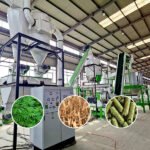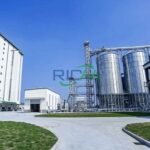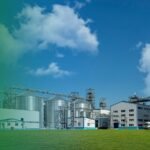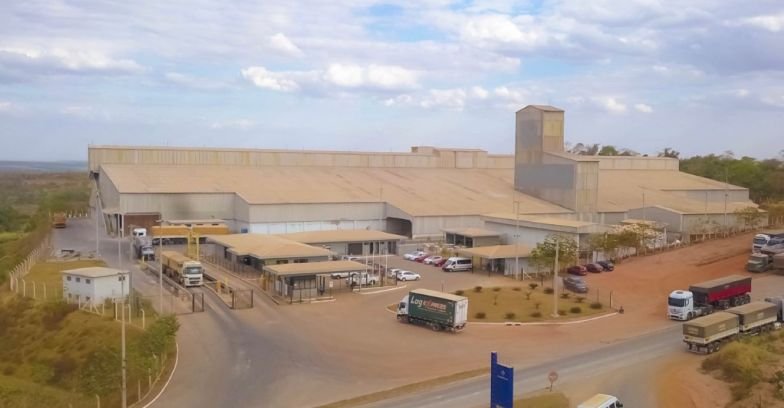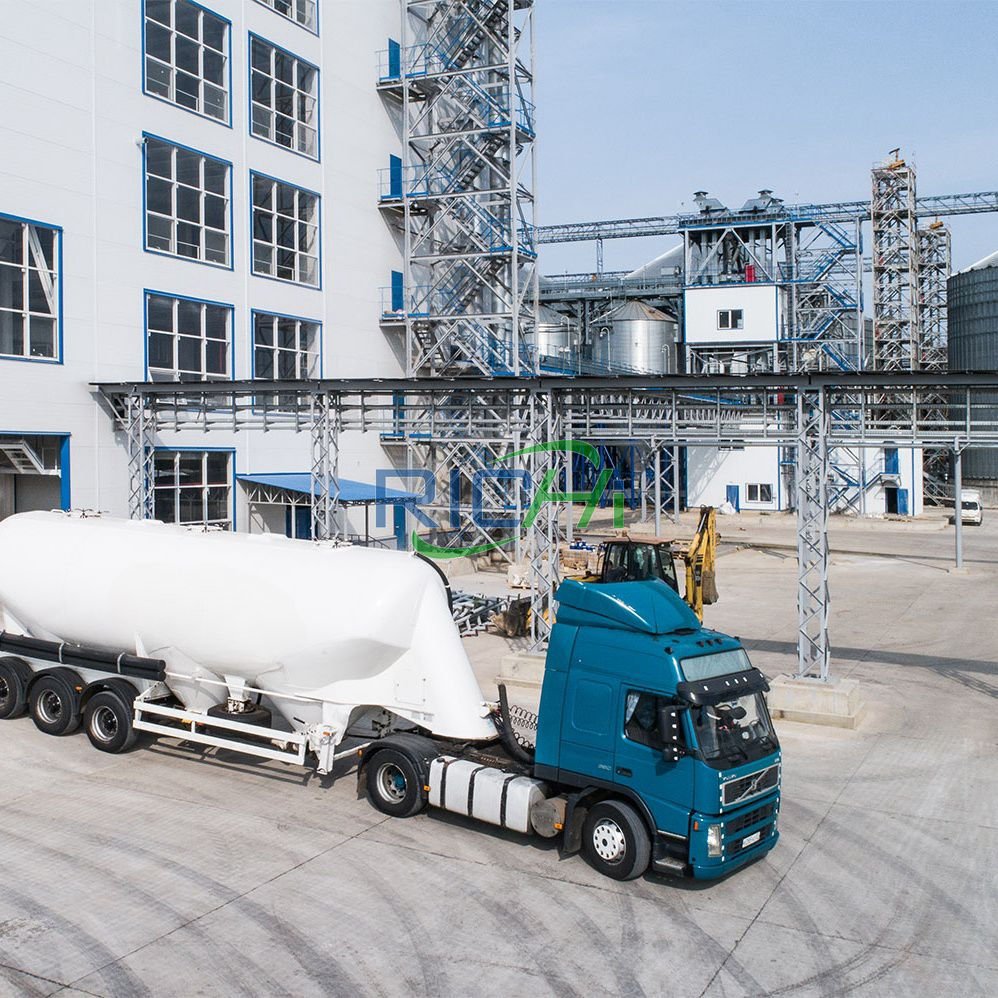In the dynamic poultry industry, the demand for high-quality, sustainable feed solutions is paramount as global population growth drives the need for affordable protein sources. Poultry feed plants for sale offer turnkey solutions for establishing or expanding poultry feed production capabilities, supporting the industry’s growth and sustainability.
Significance of Poultry Feed Plants
Poultry feed plants are critical for several reasons:
- Consistent Product Quality: Advanced technologies ensure feed with consistent nutrient profiles, promoting optimal poultry health, growth, and productivity.
- Customized Formulations: Tailored feed formulations meet specific nutritional needs of poultry species, enhancing performance and efficiency.
- Efficient Production: Automation and optimization minimize waste, ensuring cost-effectiveness and sustainability.
- Sustainability: Incorporation of sustainable practices reduces environmental impact, supporting responsible poultry farming.
- Economic Opportunities: Investment stimulates local economies, creating jobs and fostering poultry sector development.
Related post: chicken feed making machine price
Key Components of Poultry Feed Plants
Successful operation hinges on key components:
- Raw Material Handling and Storage: Facilities manage grains, oilseeds, proteins, vitamins, and minerals for consistent ingredient supply.
- Grinding and Mixing: Equipment achieves desired particle size and ingredient distribution.
- Pelleting and Extrusion: Systems produce durable feed forms preserving nutritional value.
- Drying and Cooling: Systems maintain feed stability and shelf life.
- Quality Control and Testing: Rigorous measures ensure feed meets safety and nutritional standards.
- Packaging and Storage: Facilities maintain feed integrity during distribution.
- Automation and Process Control: Systems enhance efficiency, consistency, and operational safety.
- Auxiliary Systems: Support systems ensure efficient and safe plant operations.
Factors to Consider When Purchasing a Poultry Feed Plant
Key considerations for a successful investment:
- Production Capacity: Matches plant size to production needs, anticipating growth and market demands.
- Raw Material Sourcing: Ensures reliable, cost-effective supply near the plant, managed through efficient supply chains.
- Location and Infrastructure: Influences operational costs, logistics, and access to utilities.
- Regulatory Compliance: Adherence to safety, quality, and environmental standards ensures long-term viability.
- Technology and Automation: Balances initial costs with long-term efficiency gains and savings.
- Energy Efficiency and Sustainability: Incorporates sustainable practices to reduce costs and environmental impact.
- Skilled Workforce: Trained personnel ensure efficient plant operation and maintenance.
- Expansion Potential: Flexibility to scale operations with future market growth.
Opportunities and Future Outlook
The future of poultry feed plants is promising due to:
- Increasing Poultry Production: Rising global demand for protein drives poultry sector expansion and feed demand.
- Technological Advancements: Research enhances feed efficiency, innovation, and production processes.
- Sustainable Practices: Adoption of sustainable methods aligns with environmental responsibility.
- Precision Poultry Farming: Tailored feeding strategies improve productivity and efficiency.
- International Collaboration: Global investments spur technological advancements and economic growth.
In conclusion, investing in poultry feed plants presents a strategic opportunity to meet rising global poultry product demands sustainably. By embracing innovation and sustainable practices, stakeholders contribute to a prosperous and responsible future for the poultry industry, driving economic growth and ensuring food security worldwide.


